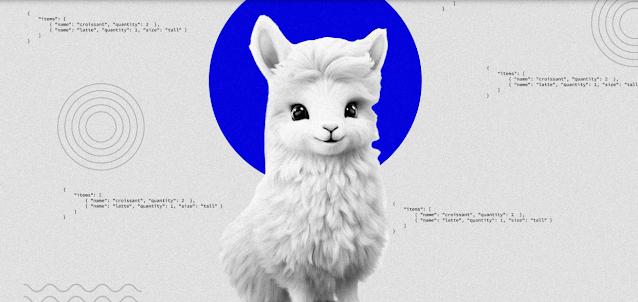
OpenAI’s Karpathy Creates Baby Llama Instead of GPT-5
The person who can easily build GPT-5 over the weekend is surprisingly spending time testing out the capabilities of open source Llama 2. The quest for running LLMs on a single computer landed OpenAI’s Andrej Karpathy, known for his contributions to the field of deep learning, to embark on a weekend project to create a simplified version of the Llama 2 model, and here it is!
For this, “I took nanoGPT, tuned it to implement the Llama 2 architecture instead of GPT-2, and the meat of it was writing the C inference engine in run.c,” explained Karpathy in Llama2.c GitHub repository. His objective was to implement nanoGPT into Llama 2 architecture, instead of GPT within C programming language. The repository has already got 2.2K stars.
The success of Karpathy’s approach lies in its ability to achieve highly interactive rates, even with reasonably sized models containing a few million parameters and trained on a 15 million parameter model of TinyStories dataset. He reports that on his M1 MacBook Air, the Llama 2 model with ~15 million parameters can infer at around 100 tokens per second in fp32, all through the C code he developed. This result is surprising as it demonstrates the feasibility of running complex models on resource-constrained devices with a straightforward implementation.

Furthermore, in a discussion on HackerNews, Karpathy explains how he was surprised that the compilation on MacBook Air M1 was much faster than anticipated with a speed of 100 tokens per second. Encouraged by this result, Karpathy has been actively updating the repository and also started testing on a 44 million parameter model, which is three times larger. Surprisingly, he was able to train 200k iterations with a batch size of 32 on 4 A100 GPUs in about eight hours.
“With this progress, it seems that achieving the 7B Llama model might be within grasp,” said Karpathy. He has been known for several courses such as building GPT from scratch. People congratulated OpenAI for hiring Karpathy back from Tesla.
What is the Baby Llama approach?
Karpathy said that this approach was heavily inspired by Georgi Gerganov’s project – llama.cpp, which was almost the same project of using the first version of LLaMA on a MacBook using C and C++.
Karpathy’s approach involves training the Llama 2 LLM architecture from scratch using PyTorch. After training, he saves the model weights in a raw binary file. The interesting part comes next: he writes a 500-line C file, named ‘run.c‘, which loads the saved model and performs inferences using single-precision floating-point (fp32) calculations. This minimalistic approach ensures a low-memory footprint and requires no external libraries, allowing efficient execution on a single M1 laptop without the need for GPUs.


